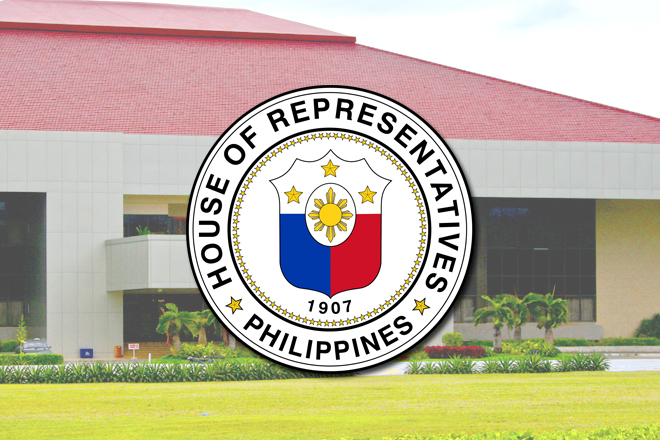House panel approves proposed “Traffic Crisis Act”
January 23, 2017
The House committee on transportation approved House Bill 4334 or the proposed “Traffic Crisis Act of 2016 Maki-isa, Makisama, Magka-isa.”
The bill authored by House Speaker Pantaleon Alvarez, Majority Leader Rodolfo Fariñas and transportation committee chairman Rep. Cesar Sarmiento of Catanduanes contains the output of the marathon hearings by the committee on various proposals to grant President Rodrigo Duterte emergency powers to ease traffic.
Sarmiento urged concerned agencies and offices to unite and work together for the much- needed changes in the transportation sector.
“By participating and uniting, we can bring about the change we have so long wanted over the years as regards our daily mobility. By committing to this resolution until the end of this year, we can achieve great things,” Sarmiento said.
One of the features of HB 4334 is Section 5 (Reorganization and Covered Agencies) which names the Department of Transportation (DOTr) secretary as de officio traffic chief during the effectivity of the Act, with full power and authority as enumerated in the Act to streamline the management of traffic and transportation and control road use in the identified Metropolitan Areas.
The traffic chief shall have the power of supervision and control over the Metropolitan Manila Development Authority; Cebu Coordinating Council, as created under Section 9 of the Act; Philippine National Police-Traffic Management Group; Land Transportation Office; Land Transportation and Franchising Regulatory Board; Road Board; all other executive agencies, bureaus and offices with roles pertaining to land transportation regulation; and Davao Traffic Administrator.
The traffic chief, as alter ego of the President, shall have power of supervision over all local government units within the Metropolitan Areas.
Several amendments to the bill were proposed. These are:
Latest Videos
- THE UNTOLD STORY EXPERT INSIGHTS INTO THE UKRAINE
- NEGOTIATING A NEW ORDER US RUSSIA TALKS ON UKRAIN
- Ukraine: A Pawn in the Geopolitical Game? Will Trump Intervene?
- US VP VANCE CRITICIZES EUROPEAN DEMOCRACIES AT MUNICH SECURITY CONFERENCE
- UNCOVERING THE WEB OF DECEIT: CIA INFILTRATION OF THE MEDIA
- SHIFTING SANDS: TULSI GABBARD’S CONFIRMATION AND THE EVOLVING GLOBAL LANDSCAPE
- FAUCI SCANDAL: A THREAT TO GLOBAL HEALTH AND DEMOCRACY






